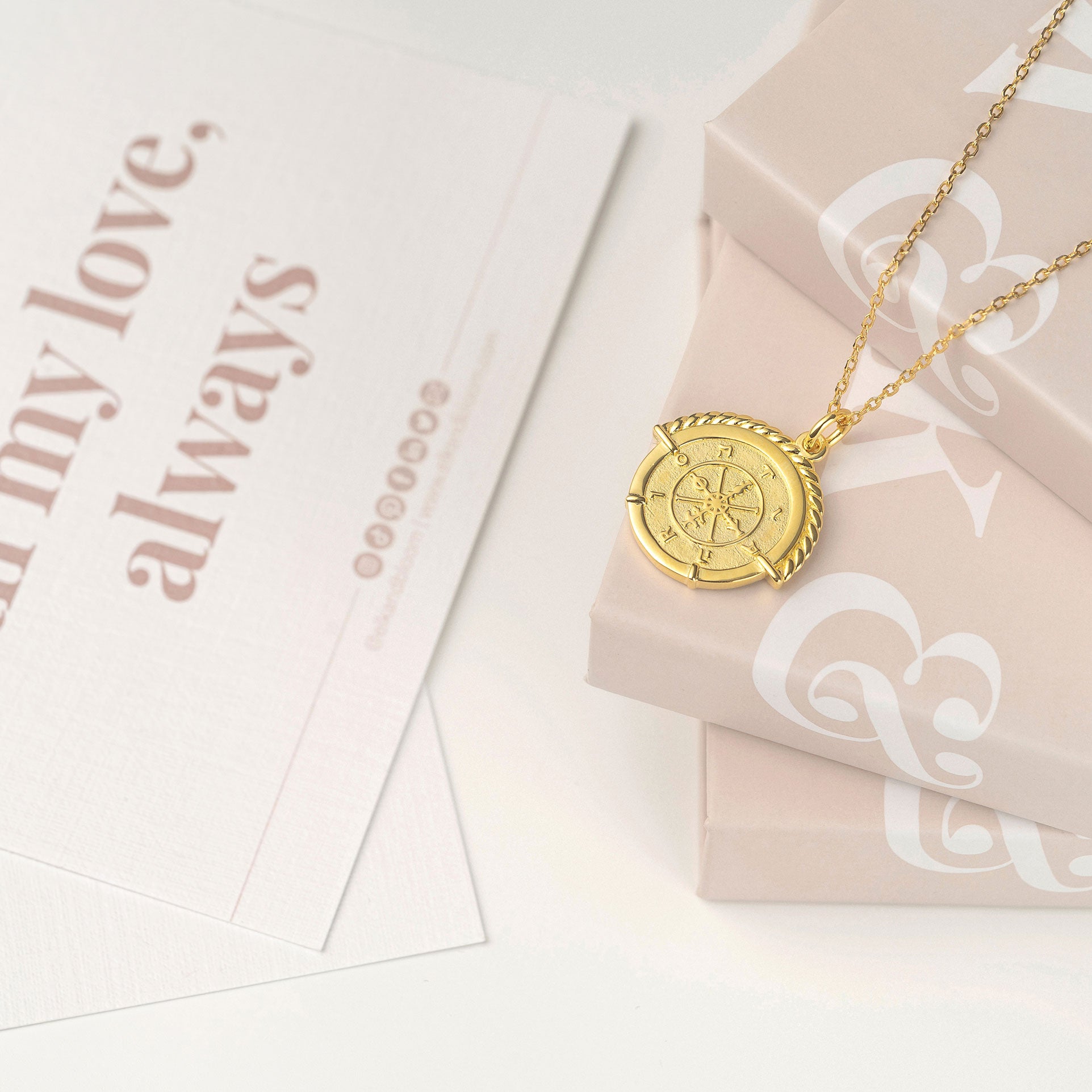eIn the world of body piercings, there's a vast array of options to express individuality and adorn oneself with unique gold jewellery. One such piercing that has gained popularity for its elegance and versatility is the conch piercing. Nestled in the ear's cartilage, the conch piercing has become a coveted choice for those seeking a stylish and distinctive look to adorn their gold jewellery. In this blog post, we'll explore the artistry behind conch piercings, from the procedure to aftercare and the stunning gold jewellery options available.
What is a conch piercing?
A conch piercing is located within the large area of cartilage in the middle of the ear, resembling a seashell – hence the name "conch." Piercing this area creates a bold and eye-catching look that can be customised to suit various gold jewellery styles and preferences. There are two primary types of conch piercings: the inner conch piercing and the outer conch piercing.
Inner conch piercing:
- Located in the center of the conch, closer to the ear canal.
- Typically adorned with our small gold thin hoop earrings, or our pearl stud earrings offer a subtle yet distinctive look.
4.5mm Small Silver Real Pearl Stud Earrings
Outer Conch Piercing:
- Positioned on the flat part of the conch, closer to the edge of the ear
- Allows for a more pronounced and visible piercing
- Ideal for showcasing a variety of jewellery styles, like our 14K Gold Plated Silver Tiny Huggie Hoop Earrings as well as our 14k Gold Chain Hoops
14K Gold Plated Silver Tiny Huggie Hoop Earrings


What gauge is a conch piercing?
The gauge of a conch piercing refers to the thickness or diameter of the jewellery that is used in the piercing. The typical gauge size for conch piercings is usually around 16 to 14 gauge, with 16 gauge being more common. However, the specific gauge can vary depending on individual anatomy, personal preference, and the style of jewellery chosen.
How do I get a conch piercing?
Getting a conch piercing involves a professional piercer using a sterilised needle to create a hole in the cartilage. The choice between the inner and outer conch piercing, as well as the type of gold or silver jewellery, can be discussed with the piercer to ensure a personalised and comfortable experience. It's essential to choose a reputable piercing studio with experienced piercers to minimise the risk of complications.
What happens after my conch piercing?
After the piercing is complete, proper aftercare is crucial to promote healing and prevent infections. Here is some more info on how to clean your conch piercing and also how long it takes to heal:
How do I clean my conch piercing?
Clean the piercing with a saline solution twice a day. Gently rotate the gold jewellery while cleaning to prevent it from sticking. Avoid using alcohol or hydrogen peroxide, as they can be too harsh
How long does it take a conch piercing to heal?
With a conch piercing, the healing time varies, but it usually takes around 6 to 12 months. We know, seems like forever, right? But patience is key to rocking that stylish conch jewellery without any fuss. Just keep up with the cleaning routine, resist the urge to play with it too much, and you'll be flaunting your healed conch piercing in no time!
What does conch piercing jewellery look like?
One of the most exciting aspects of conch piercings is the wide variety of jewellery options available. From simple studs to dainty gold hoops, the choices are as diverse as individual styles. Some popular gold jewellery options include:
-
Gold and silver studs:
Flower Wreath Floral Gold Earrings
-
Gold hoop earrings:
If you fancy a conch piercing, we recommend you consult with a professional piercer, prioritise proper aftercare, and embrace the opportunity to showcase your personality with a stunning piece of gold jewellery that complements your style from our collection!
Thanks for reading!
































